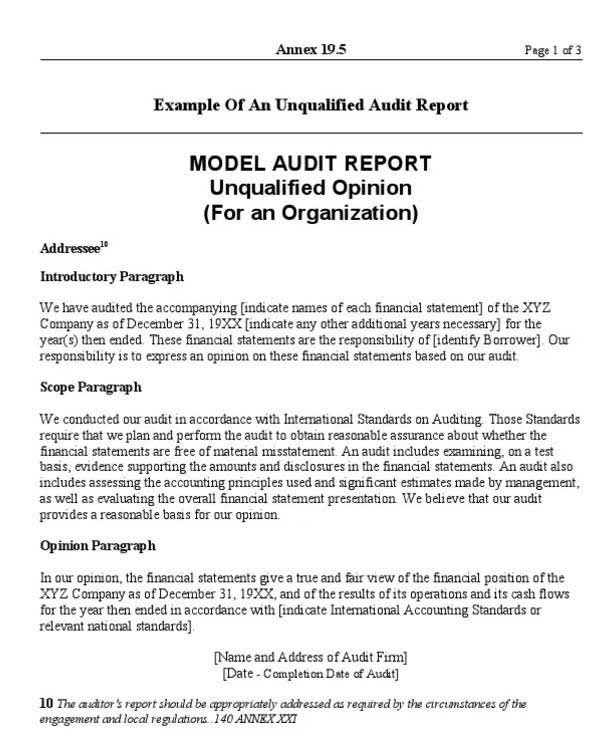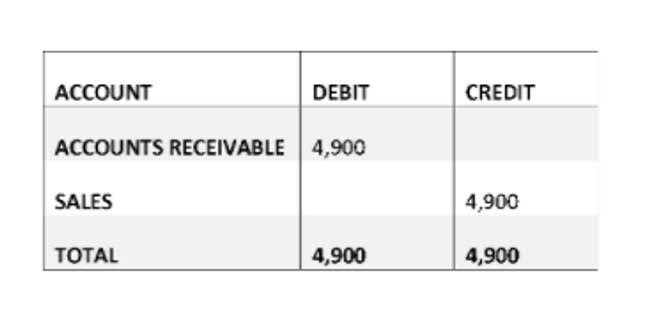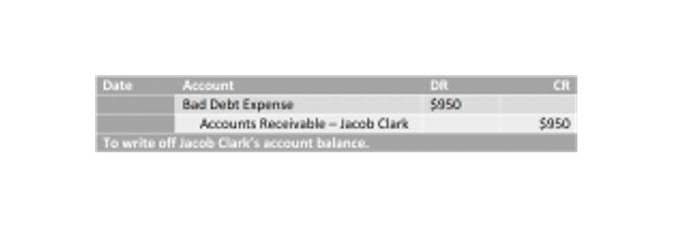Allowance for Doubtful Accounts and Bad Debt Expenses Cornell University Division of Financial Services

No matter how careful you are while evaluating your customer creditworthiness, offering trade credits increases your risk of bad debts, as some buyers will inevitably be unable to pay. With accounting software like QuickBooks, you can access important insights, including your allowance for doubtful accounts. With such data, you can plan for your business’s future, keep track of paid and unpaid customer invoices, and even automate friendly payment reminders when needed. For example, a jewelry store earns $100,000 in net sales, but they estimate that 4% of the invoices will be uncollectible.

Specific Identification Method
Regarding the allowance for doubtful accounts (ADA), it generally starts with a credit balance. Increases in this account occur with bad debt expenses – these are recorded as debits to bad debt expense and credits to the allowance. Conversely, the allowance is decreased through account write-offs. This leads to an ending balance in the ADA, which should be a credit balance. Combined, the net accounts receivable is the gross accounts receivable minus the allowance for doubtful accounts. So when we’re dealing with accounts receivable and bad debt expense, GAAP requires us to use an allowance account.
What is an allowance for bad debt?

For example, our jewelry store assumes 25% of invoices that are 90 days past due are considered uncollectible. They assume that 75% of the invoices in this age group will be paid. Say it has $10,000 in unpaid invoices that are 90 days past due—its allowance for doubtful accounts for those invoices would be $2,500, or $10,000 x 25%. It is important to understand that the allowance doesn’t protect against slow payments or lessen the impact of bad debt losses. As such, effective credit management and debt collection procedures should be a critical part of the evaluation of how to limit the effect bad debt can have on your business.
- Here is how a reliable collections automation solution can help optimize your collections and reduce the need to create an allowance for doubtful accounts.
- The method looks at the balance of accounts receivable at the end of the period and assumes that a certain amount will not be collected.
- When an invoice is written off, a journal entry must be made, with a debit to bad debt expense and a credit to allowance for doubtful accounts.
- For many business owners, it can be difficult to estimate your bad debt reserve.
- The percentage of sales method assigns a flat rate to each accounting period’s total sales.
- An allowance for doubtful accounts (uncollectible accounts) represents a company’s proactive prediction of the percentage of outstanding accounts receivable that they anticipate might not be recoverable.
Generally Accepted Accounting Principles

If the total net sales for the period is $100,000, the company establishes an allowance for doubtful accounts for $3,000 while simultaneously reporting $3,000 in bad debt expense. As of January the allowance for doubtful accounts is a contra asset account that equals 1, 2018, GAAP requires a change in how health-care entities record bad debt expense. Before this change, these entities would record revenues for billed services, even if they did not expect to collect any payment from the patient.

- For example, based on previous experience, a company may expect that 3% of net sales are not collectible.
- The AFDA helps accountants estimate the amount of bad debt that is expected to be uncollectable and adjusts the accounts receivables balance accordingly.
- When assessing accounts receivable, there may come a time when it becomes clear that one or more accounts are simply not going to be paid.
- Well, rather than waiting for customers to default and hit you with unexpected financial hiccups, you can prepare in advance.
- For example, if 3% of your sales were uncollectible, set aside 3% of your sales in your ADA account.
Yes, allowance for bad debts is considered an asset on the balance sheet. However, it has a credit rather than a debit balance, also known as a contra asset. https://x.com/BooksTimeInc It reduces the accounts receivable balance to its estimated realizable value to account for potential bad debts. The allowance for doubtful accounts, aka bad debt reserves, is recorded as a contra asset account under the accounts receivable account on a company’s balance sheet. It’s a contra asset because it’s either valued at zero or has a credit balance. In this context, the contra asset would be deducted from your accounts receivable assets and considered a write-off.
Predicting potential defaulters through advanced data analytics

A company https://www.bookstime.com/articles/control-accounts uses this account to record how many accounts receivable it thinks will be lost. The purpose of doubtful accounts is to prepare your business for potential bad debts by setting aside funds. It ensures your company’s financial stability, preventing disruptions in case customers don’t pay.
Percentage of sales method
- As of January 1, 2018, GAAP requires a change in how health-care entities record bad debt expense.
- So the older the receivable, the more likely that we won’t collect it.
- Continuing our examination of the balance sheet method, assume that BWW’s end-of-year accounts receivable balance totaled $324,850.
- It may be obvious intuitively, but, by definition, a cash sale cannot become a bad debt, assuming that the cash payment did not entail counterfeit currency.
You should write off bad debt when it’s clear that a customer will not pay. This typically occurs after you have executed exhaustive collection efforts and negotiations. Writing bad debt off removes the debt from your accounts receivable, therefore, reflecting the loss accurately on your balance sheet. Regardless of your method, reviewing your allowance periodically and adjusting it accordingly is essential.





